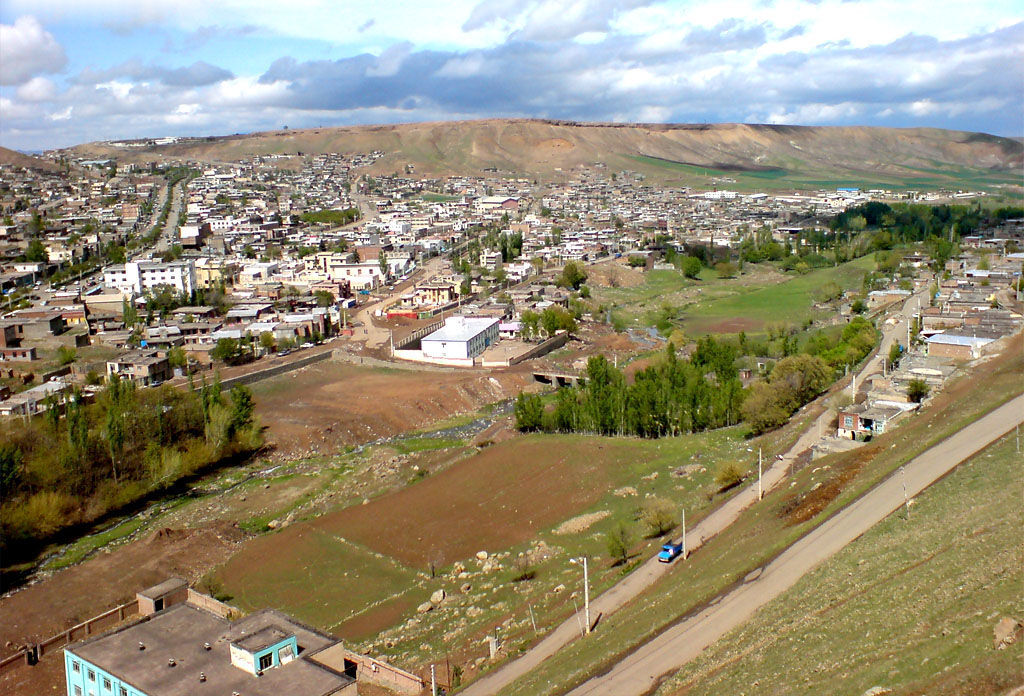Urban and rural areas are marked by many differences, namely population density, economic development, amenities, jobs, education, division of labor, and occupational mobility. Inflation, for instance, has a vast impact on urban areas while in rural areas where farming is usually the main occupation, people can live on low earnings because agriculture and animal husbandry sustains them with their basic needs.
During former president Mahmoud Ahmadinejad’s tenure (2005-2013), a bill was passed by the Majlis (parliament) as per which all villages with a population of 3,500 inhabitants and above, could be upgraded to towns. The bill was proposed by the government and approved by the legislature in 2009.
Thus many villages got the status of towns and as per the bill it was proposed to provide them with facilities that would also help check the increasing rural-urban migration. However, in essence the upgrading has not solved any problems, and in fact, has exacerbated them, Mehr News Agency reported.
Rural folks were initially elated with the decision thinking that the promotion would bring along urban amenities and their problems would be addressed. They thought they would no longer have to travel long distances to cities to seek basic health services or benefit from urban facilities. That turned out to be an illusion!
Today there are many places in Iran that are neither villages nor towns. Several villages failed to get urban facilities (like hospitals, schools, parks, cinemas) after they ‘graduated’. As a result of the ill-conceived policy, large tracts of agricultural land were destroyed to be turned into asphalted streets ostensibly in the name of urban development.
“As per urban management law, livestock farming should be transferred out of towns and cities, and therefore after the plan was executed, many livestock businesses were closed down in the rural areas,” said Masoud Mohammadian, head of the Agriculture Ministry office in West Azarbaijan Province.
“In other words, it ruined the livelihood of many villagers who were living in their nice and quiet villages before the unwise decision,” he said. Villages were more in need of facilities like improved healthcare and modern agriculture systems. But what they got was the status of towns in name only.
Now even those villagers who had no plans to leave their homes are forced to migrate to cities, because “they simply don’t have their farms and livestock or agriculture production equipment.”
Chaharmahal-Bakhtiari, East Azarbaijan, and Golestan were three provinces with the highest number of villages recycled as towns.
Deserted Villages
Migration from villages to the overcrowded metropolises is a phenomenon that has increased with terrible speed especially in the past two decades.
On the sidelines of a meeting on urban planning held last week in Tehran, head of Iran Urban Economics Scientific Association, Hussein Mohammadpour Zarandi pointed to the high and rising rate of rural-urban migration. “According to our estimates, at present 75% of the country’s population are living in urban areas.”
Experts have warned that if the trend continues, the rural population will further decline to 22% by 2031.
Currently, there are 1,148 cities and more than 64,000 villages in the country, of which 33,000 remain deserted due to different reasons including rampant unemployment and consecutive years of drought.
It has been reported that between the years 2006 and 2011, an estimated one million people migrated to Tehran.
The rapid and uncontrolled growth in migration has also led to an increase in the number of informal settlements in dense and poorer urban neighborhoods as well as outlying areas of major cities characterized by substandard housing, inadequate access to clean water and sanitation and changing demographics.
At present more than 11 million people live in informal settlements across the country of 80 million people.
Transfer of Technology
Instead of turning villages into towns in name only, technology should be transferred to reach the vast swathe of rural areas and the impoverished populace.
In October, President Hassan Rouhani had stressed the necessity of joint efforts for development and modernization of the agriculture sector in rural areas.
He said his administration has made efforts to optimize water consumption by employing scientific water management techniques and is seeking to introduce modern methods to boost farm output.
With this in mind, a major project has been launched in the western provinces of Ilam and Khuzestan and it is expected that within the next three to four years, over 550,000 acres of arable land will be irrigated with modern irrigation methods.
Modern irrigation plans are also under study for the southern province of Sistan-Baluchestan and other underprivileged areas.
According to the Health Ministry, since the launching of the 2014 Health Reform Plan, one health center has been established for every 2000-2500 people in the country, so that rural residents don’t need to travel to cities to seek basic health services.


